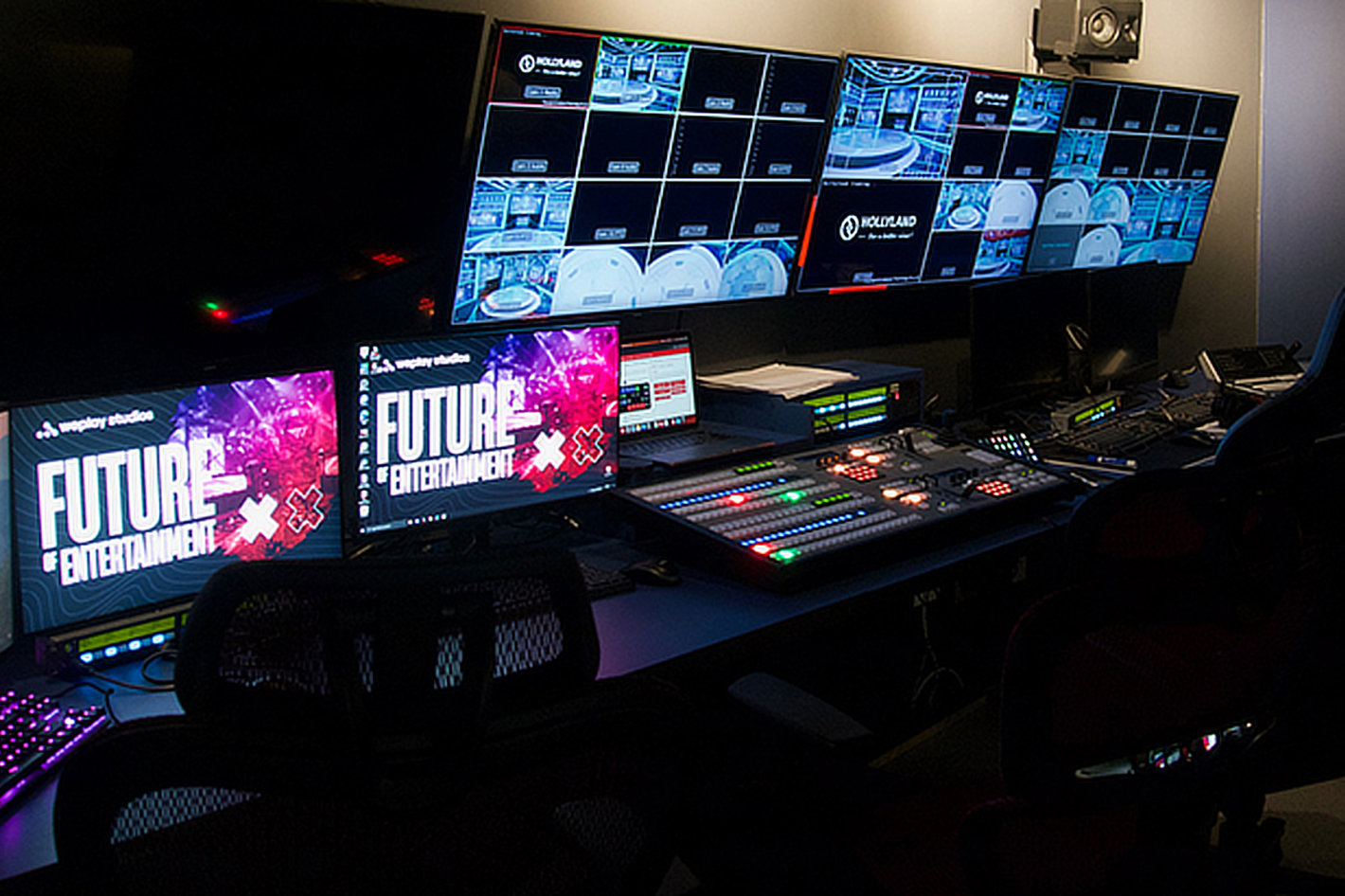Illuminating the Impact of Illumination Techniques on the Craft of Video Projection Mapping Techniques
Illuminating the Impact of Illumination Techniques on the Craft of Video Projection Mapping Techniques
Blog Article
Motion projection projection is an exciting creative form that combines tech and creativity to convert common surfaces into remarkable visual exhibits. This technique entails projecting graphics and videos onto 3D objects, such as buildings, artworks, or stages. One of the key significant factors in creating effective projection in the use of effective illumination techniques. Proper illumination improves the aesthetic elements of the display and ensures that the images are crisp and engaging. This piece explores the influence of lighting methods on video projection and how they can elevate the complete experience.
Lighting plays a vital part in video projection because it sets the mood and feel of the exhibit. Different illumination methods can evoke various emotions and reactions from the audience. For instance, using gentle, warm lights can create a welcoming atmosphere, while vivid, cool illumination may create a more dynamic or intense effect. By carefully selecting light colors and intensities, artists can influence how viewers perceive the projected images, leading to a more immersive experience. The balance between mapping luminance and ambient light is essential, as it can significantly affect the clarity and effect of the visuals.
In addition to, hue and brightness, the angle of light also affects the efficacy of mapping. Illumination from different directions can create shadows and highlights that add depth to the projected images. This technique, known as light and shadow, can improve the three-dimensionality of the objects being mapped. Additionally, using dynamic illumination can introduce energy to the exhibit, making the encounter more involving for the viewers. When the illumination collides with the mapped images, it can produce an effect of motion and change, grabbing the audience's focus.
Another important element of illumination in mapping in the use of unique features. Methods such as patterned illumination, which uses shapes and forms to project light, can introduce depth and intricacy to the mapping. This approach enables creators to superimpose visuals and produce aesthetically captivating results that enhance the projection. Moreover, adding laser lights or LED video mapping artist collaborations lights can further enhance the display, offering a unique mix of sight components these details that attract the viewers in. These unique features, when used carefully, can elevate the projection beyond a simple display to an immersive piece of creativity.
In summary, the impact of illumination methods on motion mapping is significant. By comprehending how different lighting elements connect with mapped visuals, creators can produce enthralling experiences that resonate with viewers. The careful choosing of hue, brightness, angle, and special effects allows for a rich canvas of sight narrative. As tech continues to grow, the possibilities for creative showcasing in projection will only grow, making lighting an increasingly vital aspect in this progressive art form.